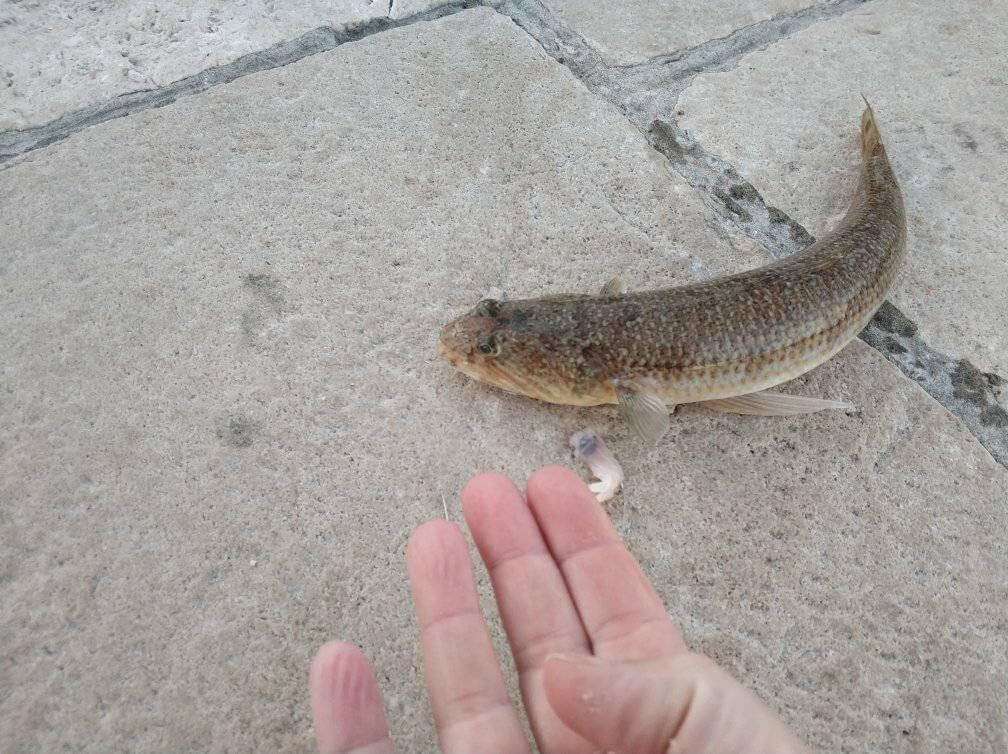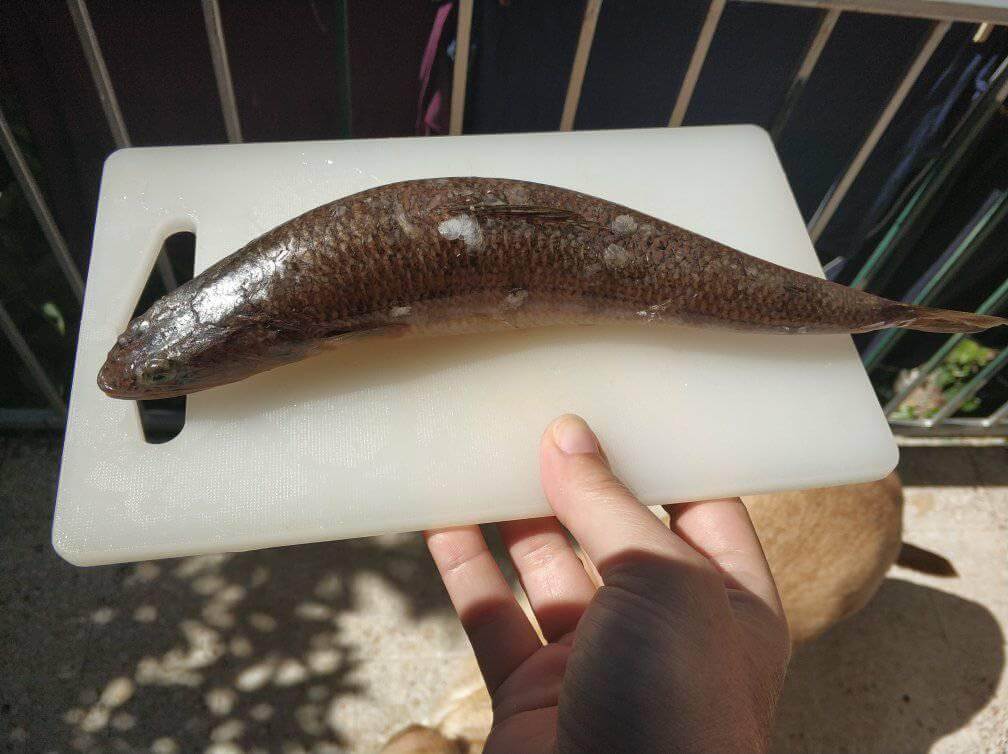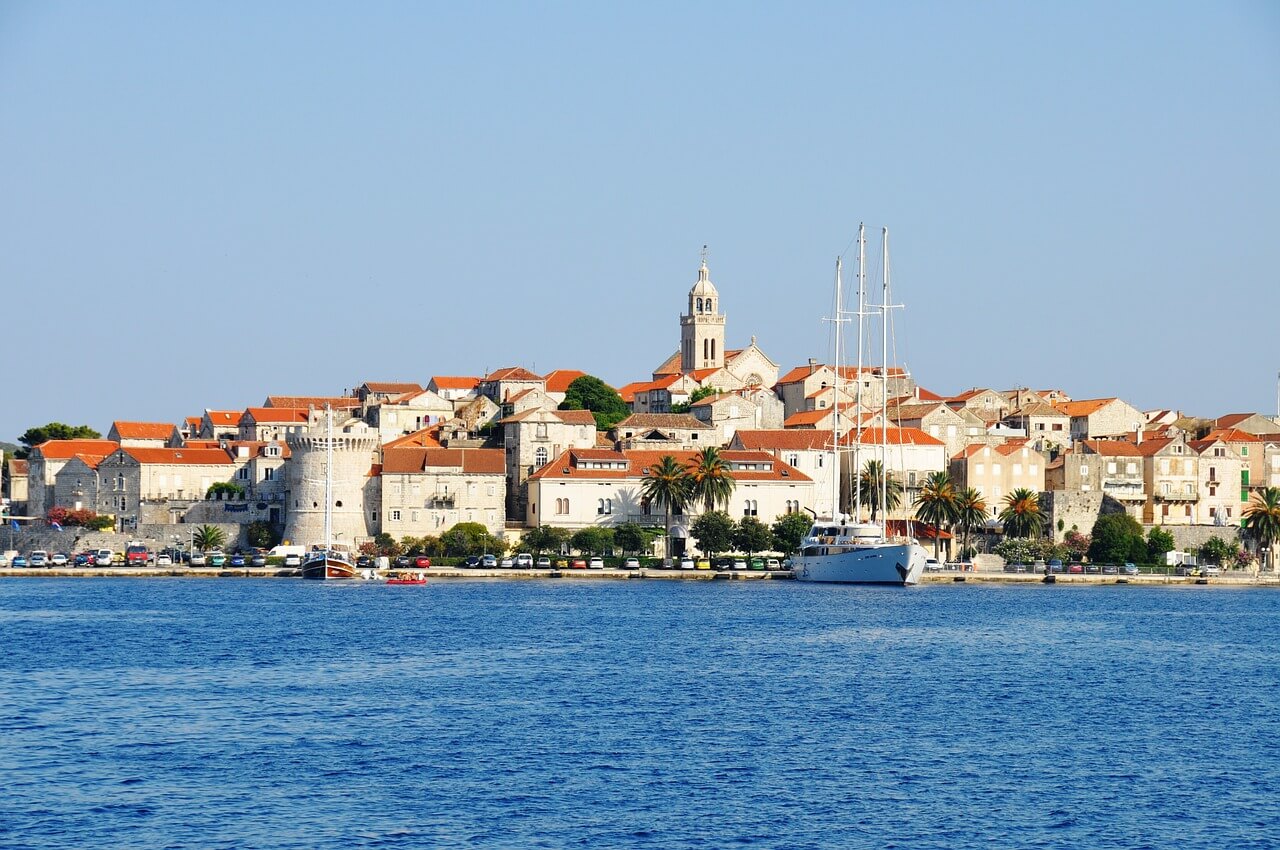CASCADE Project: Italy and Croatia Collaborating on Ecosystems Monitoring
June 4, 2021 - With the scientific community in Croatia busy and involved in international projects, meet the CASCADE Project. Learn how Italian and Croatian scientists are working together in monitoring ecosystems.
Croatian scientists in Croatia are running various projects which either don't get reported on by journalists, or if they are reported on, they sadly don't get too much attention from the public.
One such project is the Projekt CASCADE which started back on January first, 2020, and will continue until the very end of 2022.
As reported on the website of The Institute of Oceanography and Fisheries (IOR), the 5,817,547 euros, 85 % of that capital (4,944,914.95 euros) is secured by The European Regional Development Fund (ERFD).
CASCADE is short for „CoaStal and marine waters integrated monitoring systems for ecosystems protection and management“, and is part of the Interreg Italy-Croatia 2014-2020 strategic program. Assess the quality of coastal marine ecosystems in order to restore the habitats of endangered species and provide support for integrated management is the main goal set by 2022.
For the next three years, the project team from the Laboratory for Plankton and Shell Toxicity and the Laboratory for Chemical Oceanography and Sedimentology will work on monitoring, gathering knowledge about habitat and ecosystem biodiversity in the field of project cooperation (Adriatic Sea). It will participate in the establishment of new, as well as the improvement, of existing coastal systems for monitoring and management of coastal and open water ecosystems. Joint actions will assess and protect coastal and marine biodiversity and establish restoration actions. The pilot area of the Institute of Oceanography and Fisheries (IOR) within the EU CASCADE project is the mouth of the Neretva River“, explains the IOR website.
There are eleven pilot areas in Croatia and Italy where the researches will be conducted: lagoon Grado and Marano and Gulf of Trieste, coastal belt of the Italian region Emilia-Romagna, marine protected area Torre Guaceto (natural reef), Punta Della Contessa, Melendugno in the Italian region of Puglia, the mouth of the Neretva river, the coastal zone of the Italian region of Veneto, mouth of the river Miljašić Jaruga, coastal belt of the Italian region of Molise, the northeastern part of the Adriatic Sea in Croatia, mouth of the river Cetina, Torre del Cerrano and Pineto Marine Park on the Abruzzo coast, and finally, the coastal zone of the Italian Marche region.
„At the mouth of the Neretva River (P4 pilot area), the IOR team members will sample sediment, shells, and seawater, depending on the type of matrix, they will analyze various parameters such as salinity, oxygen concentrations, heavy metals, and nutrients, with the aim of establishing an optimal system of observation of coastal and open waters“, added IOR.
The head of the projects within the IOR side is Dr. Sc. Ivana Ujević and various Italian and Croatian regions/counties, regional development agencies, scientific institutes, and two ministries from Italy and Croatia are included as associated partners.
Learn more about Croatian inventions & discoveries: from Tesla to Rimac on our TC page.
For more about science in Croatia, follow TCN's dedicated page.
Journalist Clickbait Victim: The Curious Case of Mystery Fish on Korčula
June 2, 2021 - When TC editor Iva Tatić caught the fish nobody could identify, TCN reporter Ivor Kruljac jumped to action in the hope he will find a marine life scoop. But after the dramatic realization that Atlantic lizardfish is nothing spectacular, he became a journalist clickbait victim. Meet the mystery fish on Korčula.
It was early evening between 7 pm-8 pm on the eastern Korčula coastline on May 28. After a long week of handling the Total Croatia site, TC editor Iva Tatić decided to chill and went fishing. Instead of managing the multilingual site that brings you the best tips on how to travel and enjoy Croatia, she must've been happy with the idea she can enjoy in Croatia herself, as she was preparing two hooks – one with a squid and the other with the piece of bread. Marine life must be very humble cause instead of a squid (absolutely delicious, either fried or grilled and stuffed with swiss chard), the bread was the taken bait for the careless fish soul underneath the Adriatic surface.
Iva took the opportunity and caught its prey, but pretty soon, happiness for the catch was additionally spiced with curiosity.

the source of curiosity and happiness © Iva Tatić
„What the hell is this?“ Iva asked the local Korčula fishermen showing them her catch.
And „no idea“ was the consensus by other marine life hunters.
„Locals call it the spider“, said a local fisherman known as Pero to Iva. „It looks like Spiderman“.
Iva didn't feel that Spiderman is an accurate comparison, and as no one really knew the answer, the whole thing went online.
After Iva shared the photos of its catch on Facebook, the online jury narrowed the mystery to two possible suspects: Saurida and Atlantic lizardfish.
Still being new and wanting to gain recognition in the newsroom, I took on myself to investigate what exactly is this Aquaman-Spiderman-love-child. Perhaps it's something invasive, a threat to the lovely Adriatic, and a fantastic journalist story.

The case, the challenge, the scoop © Iva Tatić
Word on the expert street
A little bit of browsing through the pages of Rovinj Sea Research Centre (CIM), and a few calls, led me to the CIM Senior scientific associate, dr. Andrej Jaklin.
„It looks like Atlantic lizardfish, I saw that fish in person on Pelješac 15 years ago“, said Dr. Jaklin on the phone while looking at the images of the catch I sent him.
Jaklin's memory also seems fit with Pelješac being close to Korčula Island. Still, he said he can't really tell me too much about the fish and recommended it to me to contact dr. Marcelo Kovačić from the Natural History Museum Rijeka. However, dr. Kovačić, a curator for vertebrates, was on vacation, so the call was picked up by Milvana Arko-Pijevac, curator for marine invertebrates.
„I think this could be an Atlantic lizardfish, the head looks like it should, but I'm specialized for invertebrates, mollusks and shellfish“, said Silvana Arko-Pijevac.
So until that point, two experts for marine bio life are certain this is an Atlantic lizardfish (Synodus saurus). Fish, from Atlantic, I thought. Are we talking about an invasive species that manage to come to the northern dead-end of the Mediterranean all the way from the Atlantic? If so, is it hazardous to the domestic sea life of the Adriatic?
Despite recognizing the fish, neither Jaklin nor Arko-Pijevac couldn't say more details, but it's worth noting that the scientific community can once again serve as a role model to everyone who thinks they are experts on everything (both in Croatia but a trend we see spawn worldwide). Instead, my interlocutors accepted and pointed out the limits of their knowledge and suggested me someone who knows more.
Clickbait: It's not just for journalists anymore!
It took me a while to reach Dr. Jakov Dulčić from the Laboratory of Ichthyology and Coastal Fishery at the Institute of Oceanography and Fisheries in Split. First, he was not in the office, and later, he was at a meeting. But, with Arko-Pijevac's claim that Dulčić is the best ichthyologist in all of Croatia, it was worth the wait.
Finally, my mobile phone impulses from Zagreb caught dr. Dulčić in Split, and I excitedly asked him for help. To identify and say a bit more about the mysterious fish fishermen in Korčula failed to recognize, but is suspected to be the Atlantic lizardfish.
„I have to see the photos to say for certain“, said Dulčić.
„I already sent them to your e-mail before this call. Can you please refresh your E-mail?“, I asked with hearable excitement in my voice and suspense in my gut.
The suspense only grew as Dulčić was opening the e-mail.
„Found it!“, he said and I almost screamed out of excitement,
„Yes, indeed, that is the Atlantic lizardfish“, confirmed Dulčić with a relaxed voice while I was ready to ask tons of questions about this weird and possibly invasive species.
„But that is neither exciting nor anything special to catch in the Adriatic“, continued Dulčić with the same chilled tone.
I listened to that sentence with a blank expression fortunately, nobody has seen it except the walls in my apartment.
„You might think it's unusual in Croatian waters because of its name, but it's the normal fish that lives in Adriatic“, added Dulčić.
I couldn't help but think what a sour poetic justice. Being a journalist, a member of the profession in which some of my colleagues try to catch views by clickbait, to be hooked (pun intended) on a clickbait in scientific terminology.
„They can be found across the Adriatic sea, everywhere in Croatia. Their population used to be smaller in the previous years, but it recently got larger. It seems they have certain cycles, but it's nothing spectacular“, he concluded.
„But how come none of the fishermen recognized it?“, I asked puzzled.
„Interestingly enough, it is often caught, but it can rarely be seen on the fish market, and that's a place thanks to which you can usually recognize fish“, explained Dulčić.
However, informing and educating fishers and the general public about marine life in the Adriatic is something dr Dulčić and the Oceanographic Institute are very dedicated to.

Presenting you the Atlantic lizardfish © Iva Tatić
This is evident by the LEKFishResCRO project.
„This project will address the need to improve knowledge on the trends in Adriatic fisheries with novel methods as well as to acknowledge recent changes in fish biodiversity in a complex Adriatic ecosystem. The central objective of the project will be to evaluate the potential use of the LEK in developing the knowledge base for fisheries management and conservation. The strategy employed for this evaluation will be a two-way discussion between fisherman and other stakeholders from one side and fisheries biologists from another side around the subject of what sorts of indicators of ecosystem health would make sense in light of both the LEK of the fishers and the research-based knowledge (RBK) of the fisheries biologists“, says LEKFishResCRO website, and with loads of materials, you can check yourself.
„We collaborate well with fishermen, we work on their education, and with their tips and images they sent from the field we quickly gather research data“, explained Dulčić.
The invasive species are legitimately a threat to Adriatic, and it comes from the Red Sea through Eastern Mediterranean, but these examples are excellent topics for some other articles.
In the meantime, the mystery fish is identified as a mainstream species in the Adriatic. Somewhat newsworthy (maybe?), but this time my ship returned without a scoop from the stormy cruise in the sea of information.
I sent a message to Iva explaining what she caught (which she already found out on her own, she is a good journalist after all), and I only confirmed that she can unfreeze it and eat it safely. Additionally, I found this recipe at least.

Korčula and Adriatic Sea, Pixabay
Enjoy the Adriatic, but respect marine life
In an attempt to conclude this investigative piece (let's pretend it is one, please) on a socially responsible and eco-friendly note, I asked dr Dulčić if there are any type of fish tourists and locals shouldn't fish because it's on the verge of extinction and if caught it should be returned to the sea immediately. „Such fish is living in areas and conditions where you can't catch it with hooks or nets. But Do not dive out noble pen shells (Pinna nobilis), or disturb mammals such as dolphins. And be careful around sharks and jellyfish“, concluded dr. Dulčić.
Learn more about Korčula on our TC page.
For more about science in Croatia, follow TCN's dedicated page.


